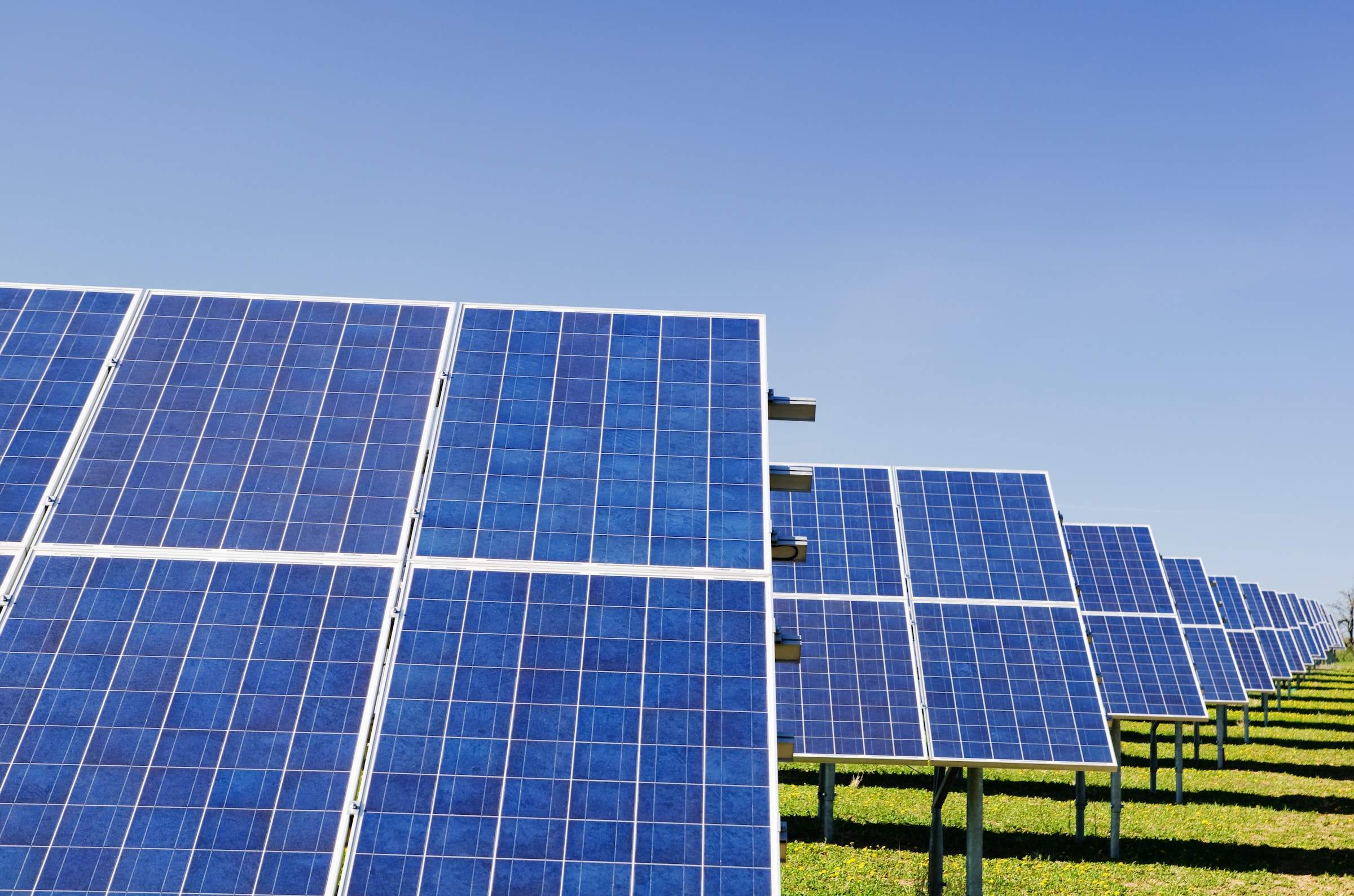California, as it turns out, is casually under the constant threat of power shut off‘s. Luckily, on the hotter days that this occurs most, many large areas of battery storage are being added to all of California’s grids, as detailed in the most recent state energy data findings.
on a long-term, there are capacity shifts that are still under much scrutiny and question. However, as it turns out, an increase within the storage quantities is leading California therefore harvest extra power throughout periods of time with a lack of demand. I don’t know when we’re ever going to need this, but California has been known to have its inclement weather.
most notably, there are extreme heat waves that tend to torture thousands of Californians with random blackouts. As a result this is usually an indication of poor electric grid power supply.
but if anybody can show that this is both a problem and an opportunity for growth, it’s governor Gavin Newsom. It was actually recently that governor Newsom is taking interest In the energy goals that the state wishes to maintain as one of the leading influential entities within the United States of America.
How Is Battery Storage Being Represented?
Governor Newsom took to a news conference recently at MOXION Power Company to address his thoughts on short-term versus long-term tasks that the state of California looks forward to fulfilling.
with the promise of clean energy to be stored within state of the art technology governor Newsom believes that by mixing fossil fuels and widening the scope of grid capacity that there can be vast improvements across the entire state of California for battery storage.
he is so positive about the capacity it can increase by that it’s almost impossible not to feel it’s infectious pandemonium. For example between 2019 and 2023, the storage capacity for batteries has grown from 250 MW to 5000 and beyond megawatts.
Additionally about 37% of the electricity within California originated from both solar and wind power facilities. It’s not entirely a big deal except that it’s risen to 37% in 2021 after formerly placing its statistics at 2.7% just a year before.
but that’s not where California is likely to stop. By 2045 it’s within the hopes of the independent system operator – – the entity that crawl controls California’s electricity grid – – the grid capacity will be tripled by the year 2045. The extensive time may be due to brand new production facilities of solar and wind energy that could take potentially years upon years between acquiring the proper permissions and conducting relative studies.




